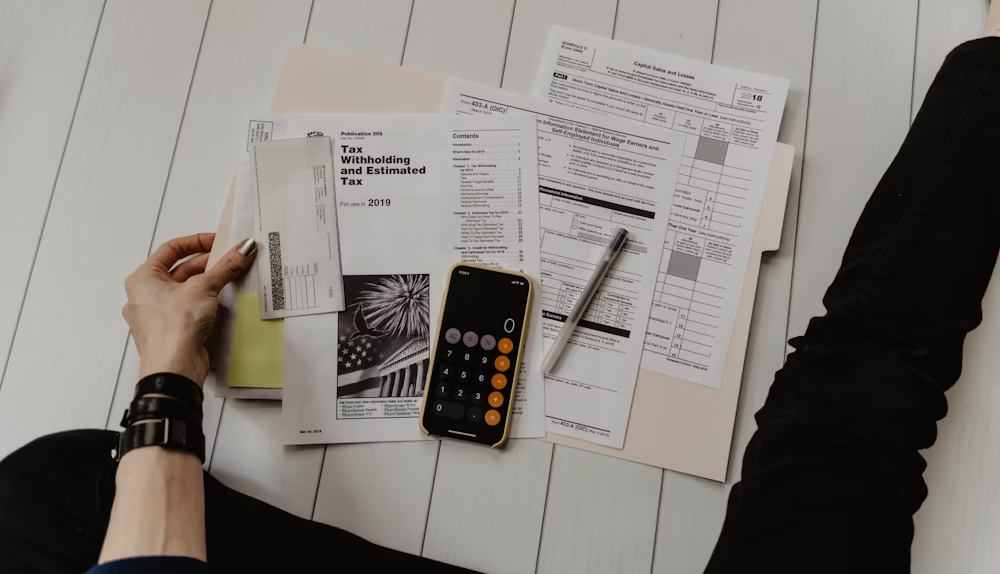Feeling overwhelmed by your finances? You’re not alone. The mere word “budget” can sound restrictive and complicated, like a diet for your wallet. But what if we reframed it? A budget isn’t a constraint; it’s a tool for freedom. It’s a plan that tells your money where to go, so you’re not left wondering where it went.
This guide is designed for absolute beginners. We’ll break down the jargon, explore simple methods, and give you the practical steps to create your first budget—a budget that’s flexible, realistic, and actually works.
Why Bother with a Budget?
Before we dive into the “how,” let’s solidify the “why.” A strong budget helps you:
-
Take Control: Shift from feeling anxious about money to feeling confident.
-
Reach Your Goals: Whether it’s a vacation, a down payment, or getting out of debt, a budget is your roadmap.
-
Identify Spending Leaks: Spot patterns and see where your money is truly going each month.
-
Reduce Stress: Financial uncertainty is a major stressor. A budget provides clarity and peace of mind.
Step 1: Choose Your Budgeting Method
There’s no one-size-fits-all approach. Here are three popular methods for beginners:
1. The 50/30/20 Rule (The Simple Starter)
This is a fantastic framework for getting started.
-
50% Needs: Essential expenses you must pay (rent/mortgage, groceries, utilities, minimum debt payments, basic transportation).
-
30% Wants: Non-essential spending (dining out, hobbies, subscriptions, entertainment).
-
20% Savings/Debt Paydown: Building your emergency fund, saving for retirement, and paying down debt beyond the minimum.
2. Zero-Based Budget (The Detailed Planner)
This method gives every single dollar a job. Your income minus your expenses should equal zero. If you have $300 left after listing all your expenses, you assign it a category like “Extra Debt Payment,” “Savings,” or “Clothing.” Nothing is unaccounted for.
3. The Envelope System (The Cash-Based Controller)
This is a physical, hands-on method. You allocate cash for different spending categories (e.g., Groceries, Entertainment) into separate envelopes. Once the cash in an envelope is gone, you stop spending in that category for the month. Modern versions of this use digital “envelopes” through apps.
Step 2: Gather Your Intel & Track Your Income
You can’t plan where you’re going if you don’t know where you are.
-
List All Income: Calculate your total monthly take-home pay (after taxes). Include your salary, side hustle income, and any other reliable sources. If your income is irregular, average the last 3-6 months.
Step 3: Track Your Expenses (The Reality Check)
This is the most crucial step. For one month, track every single expense. Yes, even that $3 coffee.
-
Tools to Use:
-
Pen and Paper: Simple and effective.
-
Spreadsheet: (We’ve included a free template below!)
-
Banking Apps: Most offer spending summaries and categorization.
-
Budgeting Apps: Apps like Mint or PocketGuard can automatically sync and categorize transactions.
-
Categorize each expense as a Need or a Want. This will be eye-opening.
Step 4: Create Your First Budget Plan
Now, let’s build your plan for the upcoming month using the 50/30/20 method as an example.
-
Example: If your monthly take-home pay is $3,500.
-
Needs (50%): $1,750 for rent, groceries, utilities, etc.
-
Wants (30%): $1,050 for eating out, fun, hobbies.
-
Savings/Debt (20%): $700 for emergency savings and extra credit card payments.
-
Compare these ideal percentages to your tracked spending from Step 3. Are you spending 40% on Needs or 60%? This shows you where to adjust.
Step 5: Implement, Review, and Adjust
Your first budget won’t be perfect—and that’s okay! It’s a living document.
-
Review Weekly: Set 15 minutes each week to update your spending. This prevents nasty surprises at the end of the month.
-
Adjust Categories: If you constantly overspend on groceries but underspend on entertainment, adjust the amounts! Make it realistic for your life.
-
Don’t Get Discouraged: A budget isn’t about perfection; it’s about progress. An unexpected expense isn’t a failure; it’s a data point for next month’s plan.
Free Resource: Simple Budget Template
To get you started, here’s a basic framework you can copy into Google Sheets or Excel.
| Category | Budgeted Amount | Actual Amount | Difference |
|---|---|---|---|
| Income | |||
| Salary | $3,500 | $3,500 | $0 |
| Total Income | $3,500 | $3,500 | $0 |
| Expenses | |||
| Rent | $1,200 | $1,200 | $0 |
| Groceries | $400 | $450 | -$50 |
| Utilities | $150 | $145 | +$5 |
| Transportation | $200 | $200 | $0 |
| Dining Out | $250 | $300 | -$50 |
| Entertainment | $150 | $100 | +$50 |
| Savings | $700 | $700 | $0 |
| Total Expenses | $3,050 | $3,095 | -$45 |
| Remaining | $450 | $405 | -$45 |
Copy this table to create your own. The “Difference” column is key for tracking your accuracy.
Conclusion: You’ve Got This
Building your first budget is a powerful act of self-care. It’s not about limitation; it’s about making intentional choices with your money to build the life you want. Start simple, be kind to yourself, and remember that consistency trumps perfection. Your financial peace of mind is worth it.
What’s your biggest challenge with budgeting? Share your thoughts in the comments below!

